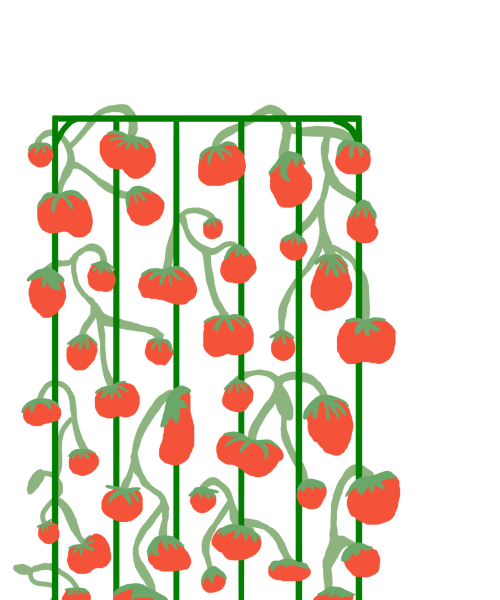Tasty Trespassers
Invasive species could potentially make cheap, abundant food sources
Invasive species are any type of organism that are not in their native habitat and cause harm to the ecosystem they are living in. How they get to said ecosystem is entirely random, whether it’s by natural disaster or human interaction or even by completely natural means. Invasive species usually wreck the habitat they are in since the invaded ecosystem’s native animals don’t know how to combat said invader. One of the most famous invasive species are the burmese pythons of the Florida everglades, which most likely got there from the aftermath of Hurricane Andrew destroying a pet store that contained many young burmese pythons. However, their presence in the ecosystem is naturally something that needs to be dealt with, and all of the invasive species on this list could be simply eradicated since there will not be any negative consequences for them not being there. Many conservationists encourage the public to either hunt them or have them as food. This list will include several invasive species that taste quite good and could help feed a lot more people.
Asian Carp: These rather large fish were introduced into the Mississippi River and various other American freshwater systems by fish farmers who used them to clean their pools, however these fish eventually got out and now run amuck in lakes and rivers eating the algae and filter feeding on the plankton. The fish also pose a known hazard as they like to jump high out of the water. Couple this with their sturdy and hard body and they are sure to give a wallop to an unexpecting victim.
The fish are often perceived as undesirable as the name “carp” would imply it is a bottom feeder. This will turn some people away from eating them, but only certain carp species eat like this, and those fish are still very important food fish around the world. Their taste is described like cod or a mix of scallops and crabmeat, they don’t taste that fishy and they absorb the flavor of sauces quite well.
Wild Boar: Pigs originated in the old world, and were either livestock or hunted for food. Boars now are nothing but a huge problem: they damage farmland, attack livestock, hurt forest ecosystems, and pose a reasonable threat to people. Boars cause an estimated $2.5 Billion in damage a year, but unfortunately, they are not easy to kill. Hunting boar populations does not seem to help the situation and since they live in groups, killing one will just make the rest scatter and make it harder to tell how many there are in an area. If you see wild boars, the correct course of action is to report it to the conservation department.
Although they are indeed pigs, they do not taste quite like domesticated pigs that we are used to, and instead wild boars taste like a combination of pork and beef or venison. They have a high iron content and are rather tender.
Lionfish: Lionfish are a fish native to Indo-Pacific ocean coral reefs and are famous for their bright red colorations and venomous spines, though some time around the 1980s, the fish started to appear in the Atlantic Ocean and are harming coral reefs due to the animals not recognizing it there. Small fish don’t see it as a hunter, and possible predators like sharks don’t see it as a prey item. Lionfish then have virtually nothing to challenge them, as groupers and snappers which they are competing against are overfished. Wiping them out seems to be a rather tall order, as they retreat to rather deep depths to breed, but fishing them will help treat the effect of their impact on coral reefs.
Lionfish are similar to grouper or snapper with a buttery taste to them, although a primary concern is that they can’t be eaten, as they are a venomous fish. But do not worry, venom needs to be injected and once the spines are taken away and the fish is properly cooked, it should be about as safe as any other fish.
Cane Toads: One of the most fragile ecosystems are islands, as they have much smaller and thus much more frail populations, and the animals that live on them have adapted and evolved to live without mainland creatures. This is why animals that are not native to islands like rats cause huge problems since the animals there do not deal with them and can be outcompeted easily. Cane toads have invaded 20 countries, notably in Australia for the decline for the northern quoll and merten’s water monitor. Cane toads have also stretched across almost all of Australia as they were introduced to fight off crop pests, which they were unsuccessful in. Cane toads also have no natural predators in Australia. Toads are poisonous to most animals and have only been observed to be killed by crows, as they intelligently pick out the poison gland in the toad.
Cane toads don’t taste incredibly different from other frogs, although they are huge in size. But remember, they are poisonous and should be prepared with proper care.
Regardless of whether they are edible or not, invasive species should not be left unnoticed. These select organisms are only a few of thousands of invasive species, and all of them are problems that need to be solved.







